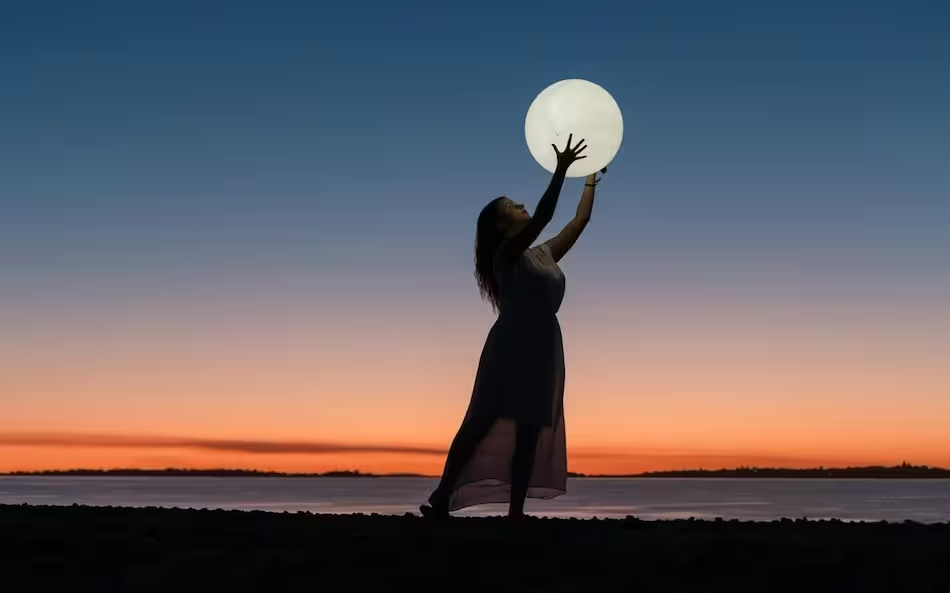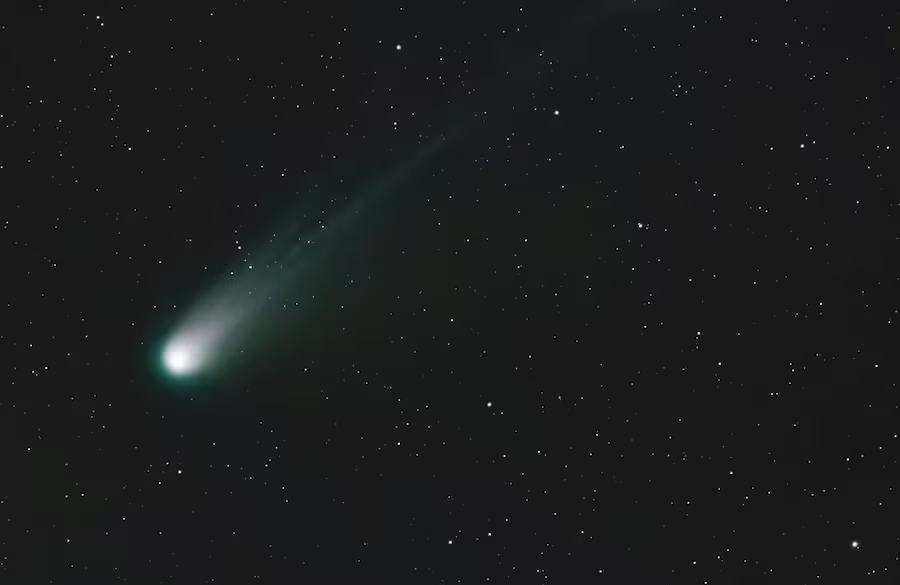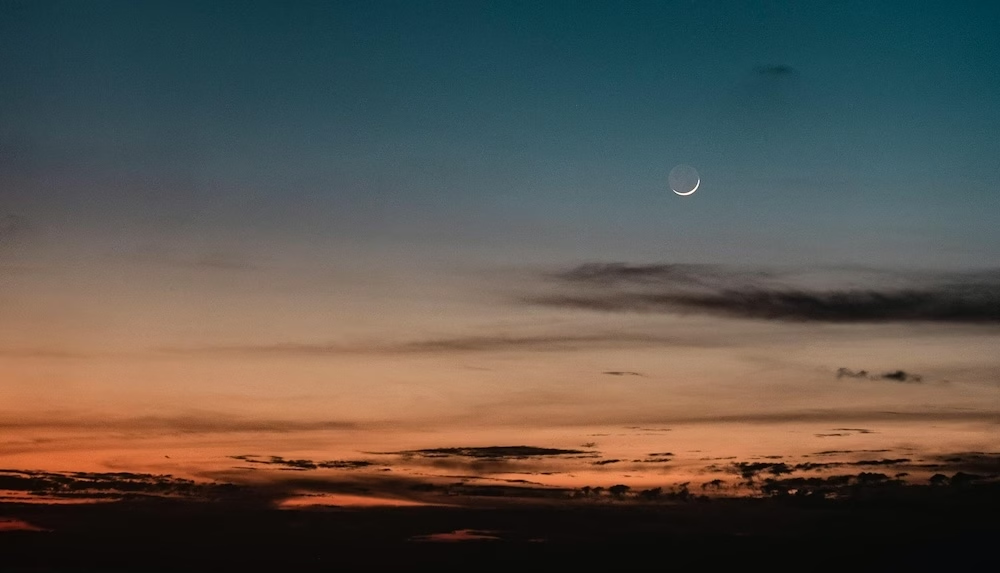Skywatchers are in for a celestial treat as an infrequent blue supermoon lights up the night sky, one of the largest and brightest full moons of the year.
Technically, you missed it! The blue supermoon happened on Monday night into Tuesday morning but this week the moon will be visible through Wednesday; this event marks the first of four consecutive supermoons this year.
A supermoon occurs when the full moon is closest to Earth in its orbit, making it appear up to 30 percent brighter and larger than usual. Despite its name, a “blue” moon has nothing to do with color but rather refers to an extra full moon in a given time frame, whether in a month or season. What makes this supermoon truly special is its status as a seasonal blue moon—the third full moon in a season that will see four, rather than the usual three.
While supermoons and blue moons happen independently, their coincidence is rare, and NASA predicts that the next blue supermoon won’t occur until January 2037. Whether you’re an astronomy enthusiast or just curious, this week’s blue supermoon offers a chance to simply glance upward and enjoy the night sky’s splendor.
If you missed Monday’s blue supermoon, don’t worry—you’ll have three more chances to see supermoons this year. While these upcoming supermoons won’t be blue, they’ll still shine brighter and appear larger than typical full moons.
The next supermoon will occur on September 18 and will be a super harvest moon, named for its close timing to the autumnal equinox. This supermoon will also feature a partial lunar eclipse. The following supermoons are scheduled for October 17 and November 15. For those interested in blue supermoons, the next seasonal one will occur in 2032, with the next monthly blue supermoons set for 2037.
Photo by Ruvim.




